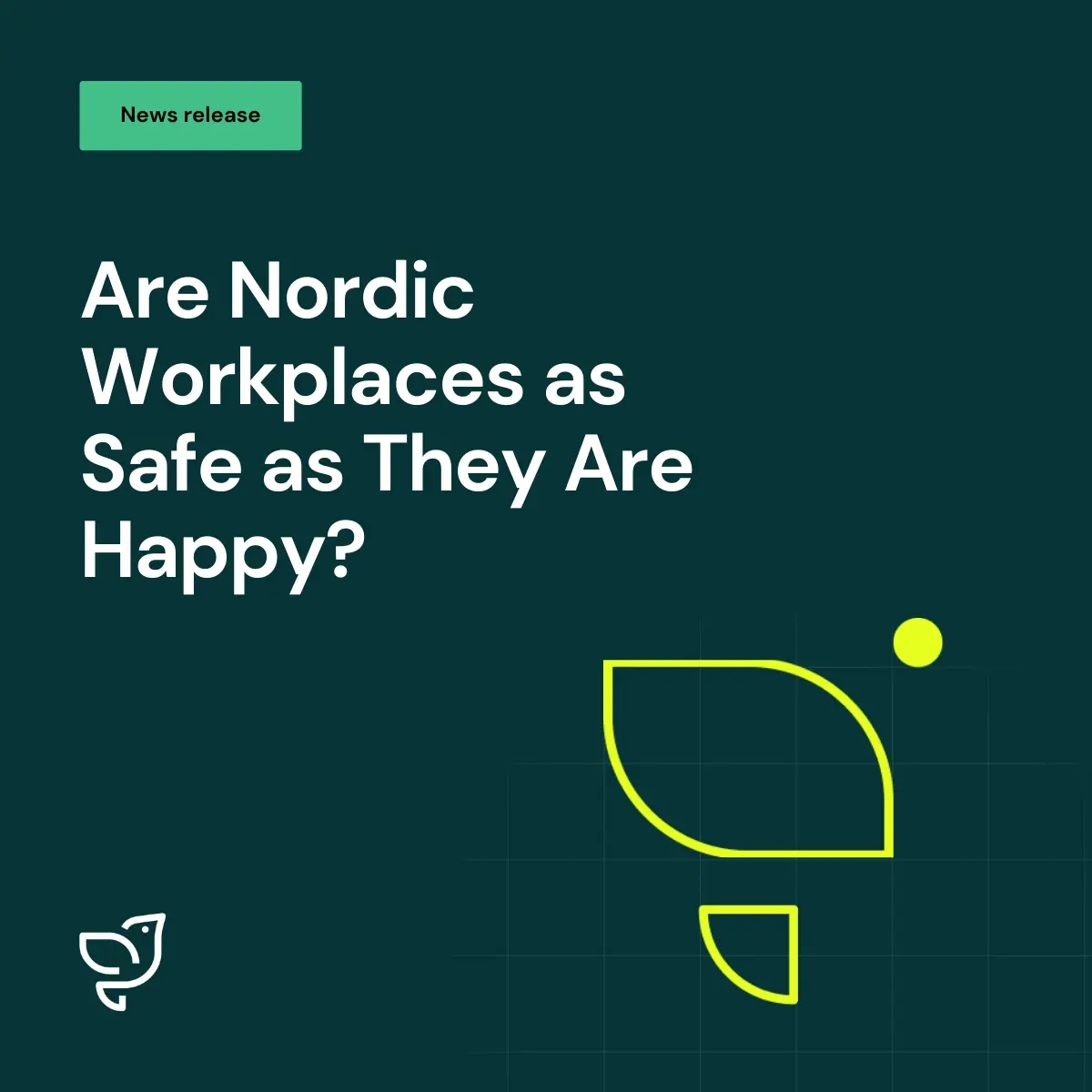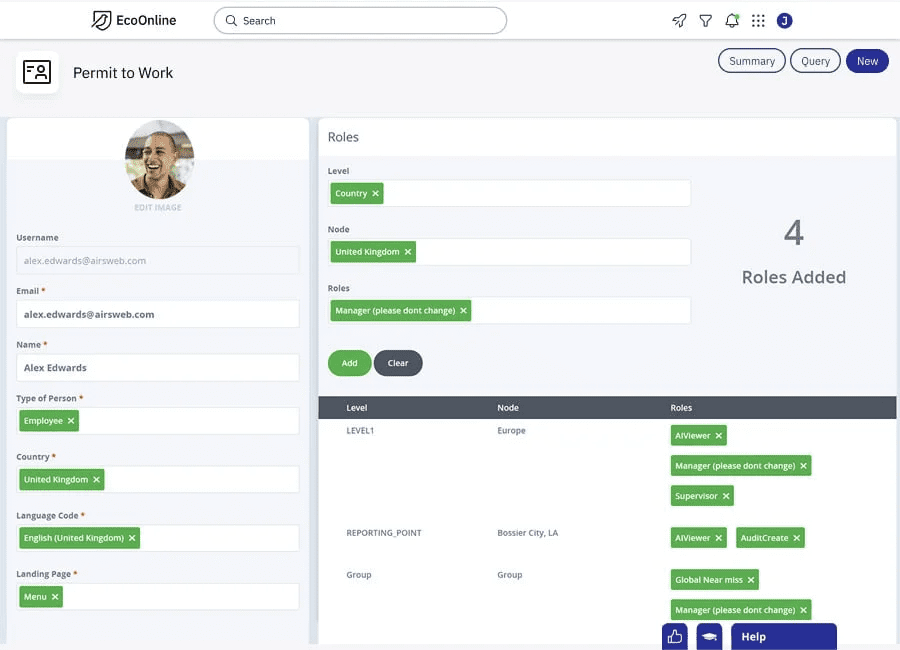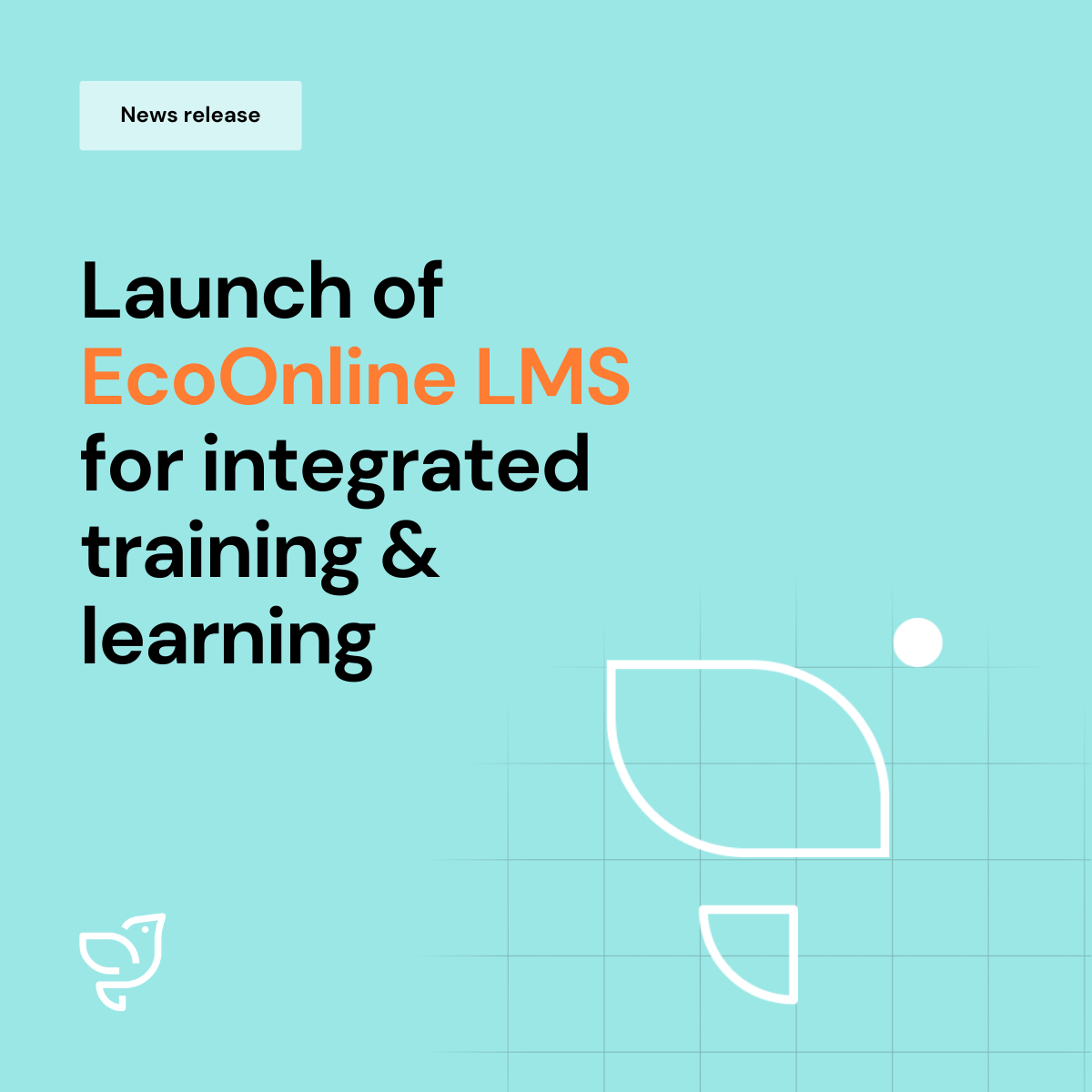Using the Science of Behaviour to Support Wellbeing at Work

Employers have a legal duty not to harm the health and safety of their staff, or of anyone else. As prosecutions and injury stats show, some employers still struggle to meet this basic requirement.
While the most obvious interpretation of this requirement is that employers should prevent physical harm – such as breaking bones in a fall or inhaling asbestos dust – responsibilities cover mental health and welfare as well. Where employees’ mental health has been severely damaged by work-related stress, employers have had to pay severe financial penalties.
CHAPTER 1
Applying Behavioural Science to Health and Safety
Many employers have seen the benefits of going beyond simply causing no harm, to actively supporting staff with their wellbeing. Studies show that employee-led flexible working can result in workers feeling less tired at work, while other studies find benefits in alertness and mood by improving workplace lighting. Fatigue is known to increase errors, so more alert workers will be more productive and less error prone.

As with any health and safety initiative, wellbeing programmes need employers and employees to work together. We know the benefits of eating more healthily, taking more exercise, cutting down alcohol and giving up smoking, and good employers try to support their workforce with these behaviours. But while some workers use flexible hours to go for a walk or spend time in the gym, others spend the time dropping sandwich crumbs into their keyboard while catching up on social media. Baskets of fruit provided by management can sit in the corner of the staff kitchen, with the apples starting to crinkle, while people head to vending machines to get packets of crisps and bars of chocolate.
CHAPTER 2
Using the EAST framework to foster employee wellbeing
Once they have reduced sources of work-related stress, what else can employers do to encourage their employees to take up healthier behaviours?

The EAST framework provides a guide to policy makers in local and national government on how to consider human behaviour. The framework is equally useful in other settings – from parents wanting to persuade their children to watch less TV and read more books, to employers looking at why staff are not eating their way through that basket of free fruit.
EAST represents four principles – that a behaviour should be Easy, Attractive, Social and Timely. We’ll consider how you can use each principle to improve wellbeing at work.
Easy
Providing a basket of fruit in the staff kitchen does seem like a good step in making it easier to eat more fruit. But if people walk past the vending machine to reach the kitchen, the glossy bars of chocolate might seem an easier choice. An employer can offer flexible hours to encourage exercise, but an employee might prefer to use this freedom to get home in time for their children’s bedtime. Can you make it easier for people to get away from their desks during their working day? Provide raised meeting room tables to encourage standing meetings, or create a footpath in the grounds to encourage walking meetings outdoors where practical. The benefits of being outside are widely recognised to improve wellbeing, and walking has been shown to enhance thinking and creativity.
Attractive
Making an option ‘attractive’ is not just about making a salad look prettier than a fry up by using coloured vegetables. It’s about attracting people’s attention to the right behaviours. If the lift is the first thing people see on entering a building, and the stairs are hidden behind a door along the corridor, it’s obvious which one they will choose as a default. Placing healthier food options at the front of a display, or at the top of a menu, will nudge people towards choosing them more often. One study found that cafeteria users ate more vegetable-based dishes when they were given indulgent titles like “dynamite chilli beets” and “sizzlin’ green beans” than when given titles that drew attention to their meat-free or healthy properties!
Social
Does your work culture discourage healthy behaviours? I’ve worked in places where there was an informal league table of those who most frequently left the office last each evening. You had to stand against the crowd to leave on time. Can you reverse this with a league table of who finishes their work efficiently enough to leave on time each day? Some companies use apps to run team challenges for the number of steps walked or workouts taken. People are more motivated if they know that not doing their steps means they are letting the team down, not just themselves. Perhaps you could create a photo-scavenger hunt to encourage people to walk outside, with a prize for the best pictures each month? Provide a way for people to share photos taken on their walks – it could be online for remote workers, or an old-fashioned noticeboard in a shared workspace.
Timely
The right advice at the wrong time will fall on deaf ears. I will ignore advice to go for a walk when there is a deadline looming, or to cut down on coffee if I’ve just had a disturbed night. On its own, education about healthy lifestyles has little impact on behaviour. By the time we need to apply the learning, we are distracted, or we resort to habit. Instead of a morning team talk encouraging walking, flash reminders onto the computer screen that it’s time for a break. Hourly reminders to stand up have been shown to reduce the time desk workers spend sitting. Allow employees to customise their own reminders – if I’m most likely to stray into a high-sugar snack at 3pm, I need a reminder just before to have a banana instead. Long courses on well-being will be forgotten, so consider opportunities for more frequent micro-lessons.
CHAPTER 3
Conclusion
Free fruit and lunchtime walks won’t fix everything, but many organisations have already seen the benefits of investing in wellbeing and well as safety and health. The EAST framework provides some useful guidance on how to make those investments more effective.
CHAPTER 4
How EcoOnline Software Helps Drive Behavioural Change
EAST demonstrates a modern understanding of safety behaviour by treating workers as social beings, who want to be connected to each other. People who want to be engaged, not programmed with rewards. The EcoOnline system provides a way for employers to achieve this with their workforce.












